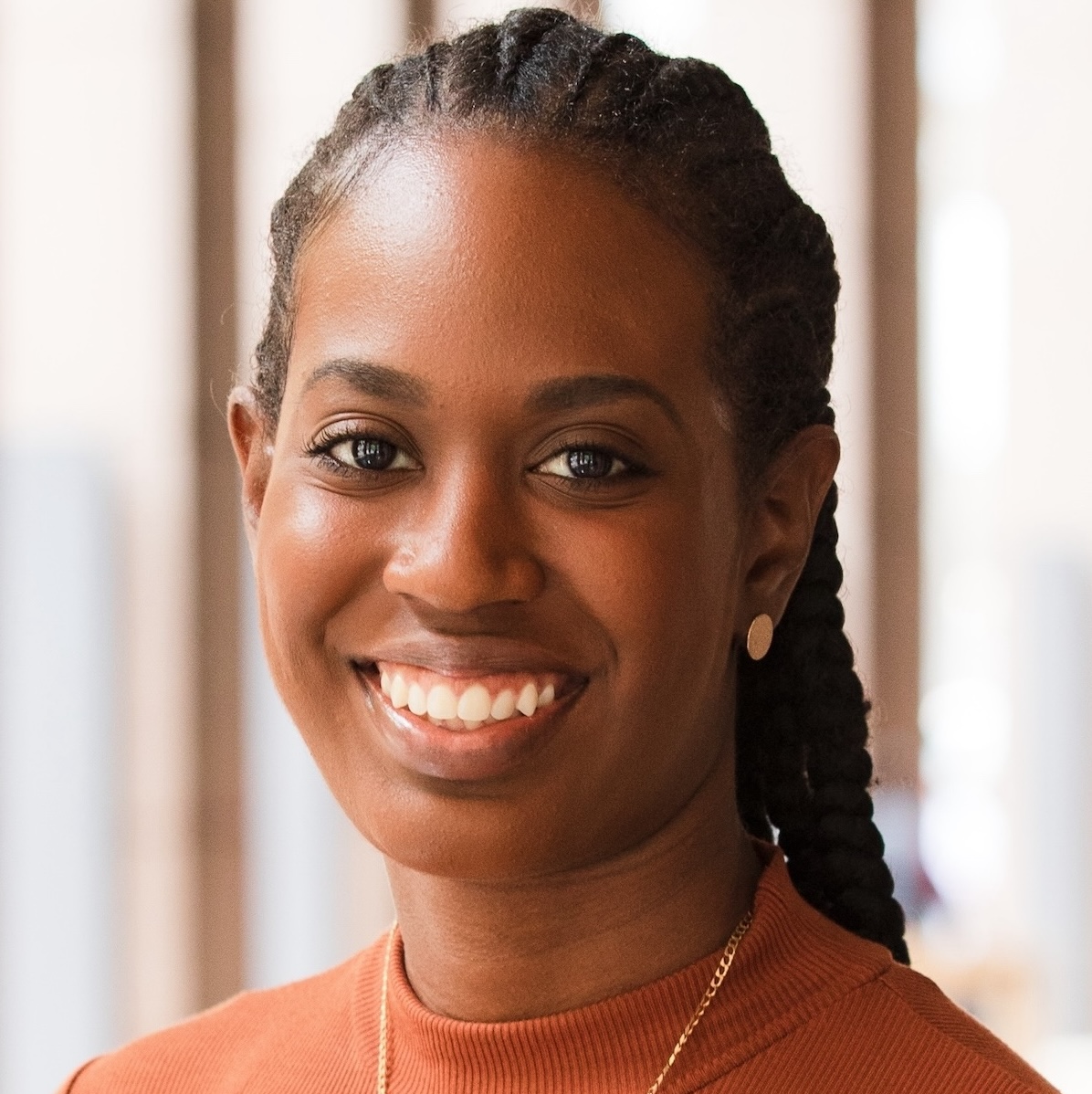When we’re not delving into trends and data on the NYC housing market, we like to keep an eye on the entrenched housing habits of New Yorkers as well as trends that may be reshaping the way people live in a city where vacancies are rare and prices are, to quote Crazy Eddie, insane.
But come on. Who are we kidding? When The New Yorker takes up the topic of “flexible, community-driven housing,” we tip our hat to the writers who know how to break down a topic near and dear to our hearts.
Case in point is The New Yorker’s latest story called “Happy Together: Why Give Up Dorm Life?” The May 16 issue article delves into Common, the community-driven housing group that has so far delivered three communal homes: Two in Crown Heights and a 51-bedroom complex set to open in Williamsburg.
“Instead of signing a lease, residents sign up for a “membership.” On average, they pay eighteen hundred dollars a month for a furnished bedroom and common areas. The company solves what it calls “the tragedy of the commons” — waiting for the cable guy and hiring house cleaners. There’s a chat room on Slack, where members can plan activities and a “house leader,” who functions a bit like a college R.A.”
The trend for communal housing and micro living — or dorm rooms for millennials and other adults — continues to grow in New York and other U.S. cities. The article mentions Pure House, which is a kind of indecipherable melange of live/party/explore/ according to its slogan: An intentional way of living for those committed to transforming their lives.
Pure House is currently located in the heart of Williamsburg, but is looking for other outposts, as their website proclaims: “Our global community of creative misfits and digital nomads desire a network of Pure House locations to call home as they navigate the planet.”
OK, this is not a real estate venture so much as a movement.
Another newcomer to the communal-living model is WeLive, an offshoot of WeWork. According to The New Yorker piece:
“WeWork describes itself as a “physical social network,” and most co-living companies see themselves as participating in the sharing economy, with their buildings a blend of residential hotel and Facebook group. WeLive’s first residential space, at 110 Wall Street, features small apartments and shared common areas, which include yoga studios and screening rooms. Eventually, the space will house four hundred and fifty people on twenty floors. In a leaked pitch document from 2014, WeWork projected that co-living would account for twenty-one per cent of its revenue — $605.9 million — by 2018.”
These kinds of projections show that ventures like WeLive and Common have social and economic upside. The sharing economy being shaped by the newest generation of urban Americans remains a vibrant movement. We see that with how industry “disrupters” like Airbnb and Uber (and the Bernie Sanders campaign) continue to gain popularity and change markets. And when a magazine like The New Yorker gives precious ink to what people are doing to make it in NYC, we’re paying attention.
(Featured photo courtesy Pure House)










